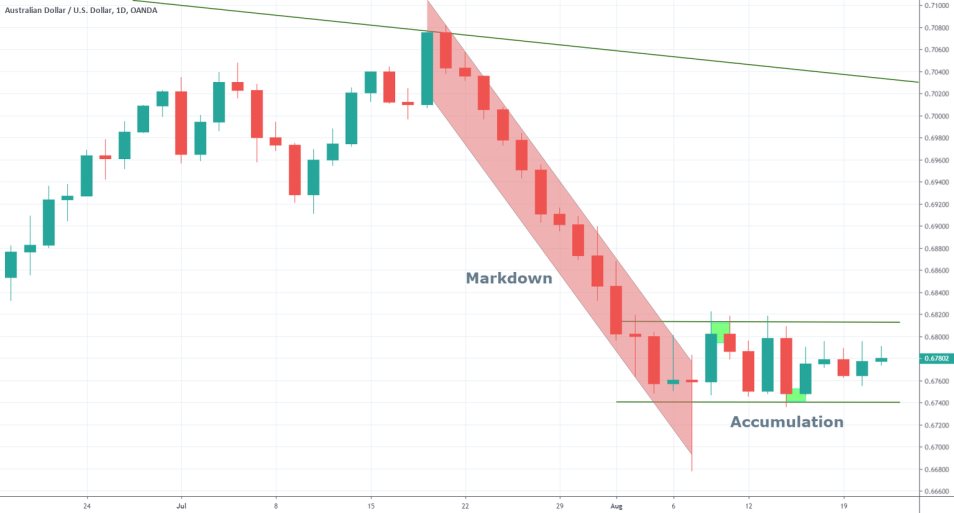
Early on Tuesday morning, the Monetary Policy Committee (MPC) of the Reserve Bank of Australia released a detailed report outlying the proceedings from its last monetary policy meeting, on the 6th of August. The findings of the report and the expressed opinions within it reveal a great deal about the state of the Australian economy in addition to the MPC's stated views regarding the actual performance of the economy and where exactly set performance diverges from the initial projections of the RBA.
The MPC began by evaluating on the impact that the rising trade tensions between the US and China have been exerting on big economies within the East Asia region and then proceeded on to state their opinions regarding the overall impact of this global uncertainty on the most robust economies in the world. The Committee observed the subdued global growth rate owing to waning export levels as being a direct consequence of international protectionism. They have also cautioned against the rising threat from the steadily accumulating downside risk to global growth.
“In the major advanced economies, risks to the outlook remained tilted to the downside, reflecting the trade disputes. The US economy had continued to grow relatively strongly into the June quarter. […] Weaker global trade and greater uncertainty had also affected growth in output in the euro area.” [source]
As regards the Australian economy, the MPC remarked on the weaker GDP growth in the June quarter and attributed it to dwindling investment rates, particularly in mining. In turn, weaker investment is seen as the prime cause for the diminished sales, especially in retail, and also the sales of new cars. Overall, the Monetary Committee reviewed its earlier gross domestic product forecasts, and it has decided to lower its expectations for the rest of the year.
“The forecast for GDP growth over 2019 had been lowered to 2½ per cent. […] Members noted that although the outlook for consumption remained uncertain, the risks around the outlook were more balanced than they had been for some time. […] Forward-looking indicators for business investment had been mixed. Survey measures of business conditions had been less positive than a year earlier, especially in the retail and transport sectors, but generally had remained around average.”
The Monetary Policy Committee also commented on the observed inflationary pressures and the current labour market conditions, by arguing that even though employment conditions demonstrate signs of strength and wage growth has increased nominally, inflation remains subdued, and consumer spending pressures seem underperforming. Thus, the MPC concluded by substantiating that:
“Based on the information available and the central scenario that was presented, members judged it reasonable to expect that an extended period of low-interest rates would be required in Australia to make sustained progress towards full employment and achieve more assured progress towards the inflation target. […] Members would consider a further easing of monetary policy if the accumulation of additional evidence suggested this was needed to support sustainable growth in the economy and the achievement of the inflation target over time.”
The AUDUSD remains to trade in a narrow-consolidation range close to the historically significant low price level of 0.67410. For the time being the pair is exhibiting early signs of recovery from the previous bearish trend, and arguably is in the process of forming a clearly visible Accumulation stage of the Wyckoff cycle (if you would like to learn more about the functioning of the cycle and how you can use it to your advantage for trading, you can find all of the necessary information in our trading course).





















